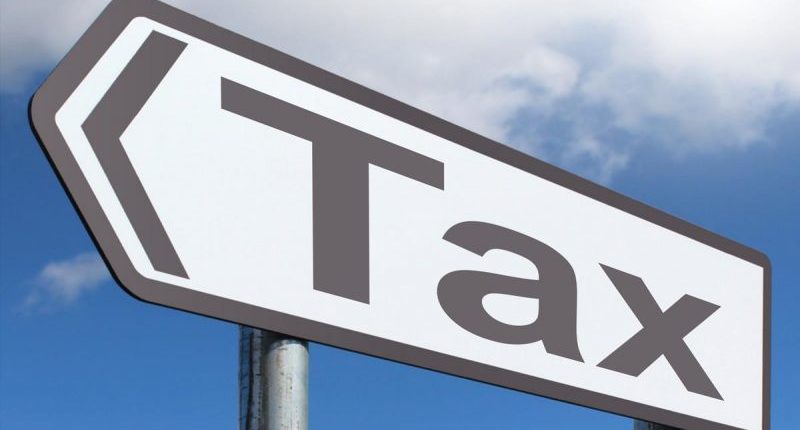According to a recent CBDT announcement, the last date to file ITR for the financial year 2020-21 has been extended to 30 September 2021 from the usual deadline of 31 July.
Further, employers provide Form 16 to salaried employees, which acts as a crucial document in filing ITR. Usually, Form 16 had to be issued to employees by 15 June every year after the financial year. For FY 2020-21, CBDT has extended the deadline to 31 July 2021.
The general practice is that the employer deducts the tax at the source and then deposits the monthly salary to the employee’s bank account. The employer will summarise the taxes deducted at source and the salary paid over the financial year in Form 16. This form includes details of the income chargeable under the head of ‘Salaries’ and any other income reported by the employee, the deductions under Chapter VI-A.
If the employer fails to provide Form 16, the employee can use the payslips to understand taxes deducted and the monthly income received during the financial year to file ITR. Another alternative to filing ITR without Form 16 is finding the details on Form 26AS.
Citizens with a total annual income falling within the basic exemption limit, i.e. Rs.2.5 lakh, need not file ITR. However, it is a good practice to file ITR even if your annual income falls within this bracket for documentation purposes.
For any clarifications/feedback on the topic, please contact the writer at apoorva.n@cleartax.in





